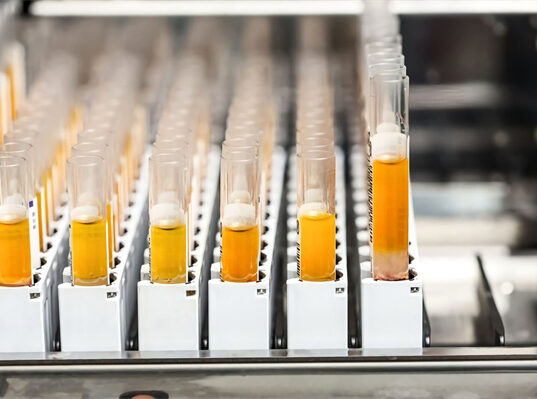Platelet-rich plasma (PRP) therapy is a popular regenerative medicine treatment that uses a patient’s own blood to promote healing and tissue repair. PRP therapy has shown great promise in treating a variety of conditions, including musculoskeletal injuries, chronic wounds, and even hair loss. While PRP therapy is generally safe and effective, there are certain steps patients can take to increase the likelihood of a successful outcome. In this blog, we will discuss some tips for making your PRP therapy more successful.
Follow Your Provider’s Instructions
Before undergoing PRP therapy, it is important to follow your healthcare provider’s instructions carefully. This may include avoiding certain medications or supplements that could interfere with the PRP therapy, as well as preparing your body for the treatment. For example, if you are undergoing PRP therapy for a musculoskeletal injury, your provider may recommend physical therapy exercises to help strengthen the affected area.
Maintain a Healthy Lifestyle
In addition to following your provider’s instructions, it is important to maintain a healthy lifestyle to help optimize the results of PRP therapy. This includes eating a balanced diet, staying hydrated, and getting enough rest. It is also important to avoid smoking and excessive alcohol consumption, as these habits can interfere with the healing process.
Stay Active
Following PRP therapy, it is important to stay active and engage in physical activity as much as possible. This can help improve circulation and promote healing in the affected area. However, it is important to avoid activities that may put excessive strain on the treated area or lead to further injury.
Be Patient
PRP therapy is a gradual process that may require multiple treatments over a period of several weeks or months. It is important to be patient and give your body time to heal and regenerate. Your healthcare provider will work with you to develop a treatment plan that is tailored to your specific condition and needs.
Consider Combination Therapy
In some cases, combining PRP therapy with other treatments may help improve the outcomes. For example, combining PRP therapy with physical therapy or chiropractic care may help optimize the results for musculoskeletal injuries. Talk to your healthcare provider to see if combination therapy may be right for you.
In conclusion, PRP therapy is a safe and effective regenerative medicine treatment that can help promote healing and tissue repair. By following your healthcare provider’s instructions, maintaining a healthy lifestyle, staying active, being patient, and considering combination therapy, you can increase the likelihood of a successful outcome from your PRP therapy. If you are considering PRP therapy as a treatment option, talk to a qualified healthcare provider to see if it may be right for you.








